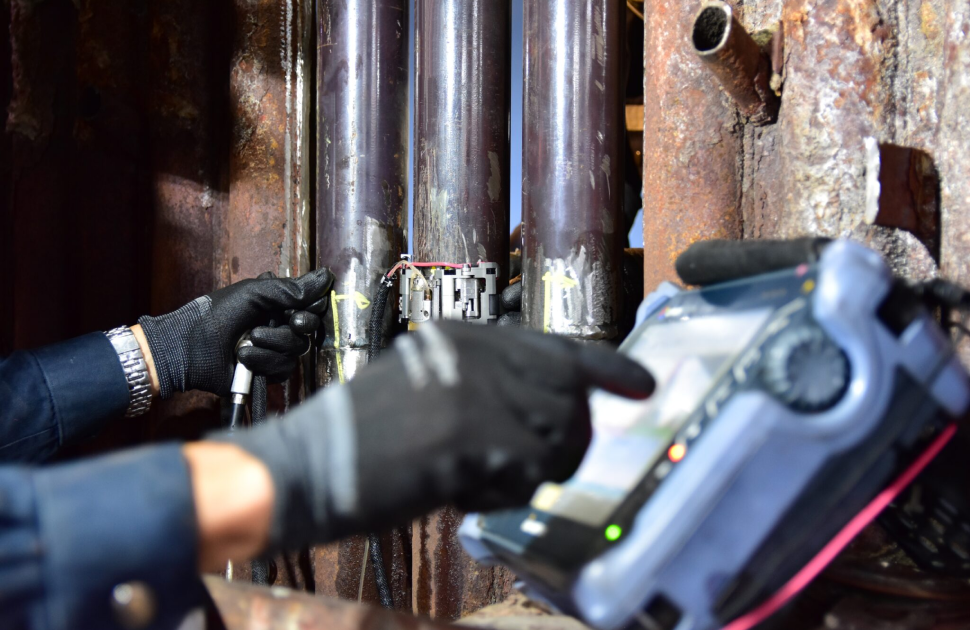Non-destructive Testing (NDT) is a process used in various industries to inspect and evaluate the integrity and condition of materials or components without causing damage to them.
NDT is a critical tool for ensuring safety, reliability, and efficiency in various industries, such as aerospace, automotive, construction, and manufacturing.
The process of NDT typically involves planning and preparation, inspection, evaluation and interpretation, reporting, and follow-up.
The first step in the NDT process is planning and preparation. This involves identifying the specific NDT method or methods that will be used, determining the specific areas or components that need to be inspected, and preparing the necessary equipment and materials.
The choice of the Non-destructive Testing method depends on the type of material or component being tested, the location of the inspection, and the desired level of sensitivity.
NDT methods include visual inspection, ultrasonic testing, Radiographic Testing, magnetic particle testing, liquid penetrant testing, and many others.
The second step in the NDT process is inspection. The actual inspection process involves performing the chosen NDT method or methods on the areas or components to be tested.

During the inspection, the inspector examines the material or component for any defects or abnormalities. The inspector may use various techniques to detect these defects, such as visual inspection or ultrasonic testing.
The inspector must be trained and certified in the chosen NDT method to ensure accurate and reliable results.
The third step in the Non-destructive Testing process is evaluation and interpretation. The inspection data is then analyzed and evaluated to determine the condition and integrity of the material or component being tested.
This can involve interpreting images, measuring thickness or other properties, or comparing results to known standards.
The inspector must have a thorough understanding of the NDT method and the materials being tested to accurately interpret the inspection data.
The fourth step in the NDT process is reporting. The results of the inspection are then documented in a report that includes details of the inspection method, the condition and integrity of the material or component, and any recommendations for further action.
The report must be clear, concise, and accurate to ensure that the information is understandable and useful to others involved in the inspection process.
The fifth step in the Non-destructive Testing process is follow-up. If any defects or issues are found during the inspection, further follow-up actions may be required.
This can include repairs, replacement, monitoring, or additional testing. The follow-up action must be appropriate for the type and severity of the defect to ensure the continued safety and reliability of the material or component.
It is important to note that the specific NDT process may vary depending on the industry, the application, and the chosen NDT method.
Some specific Non-destructive Testing methods may have additional steps or requirements to the general process. For example, radiographic testing requires the use of radiation, which requires additional safety precautions and regulations.
In conclusion, NDT is a critical tool for ensuring safety, reliability, and efficiency in many different industries. The NDT process involves planning and preparation, inspection, evaluation and interpretation, reporting, and follow-up.
It is essential that NDT is done by qualified and certified personnel for accurate results. The proper use of NDT can prevent accidents, save lives, and reduce costs associated with maintenance and repairs.









